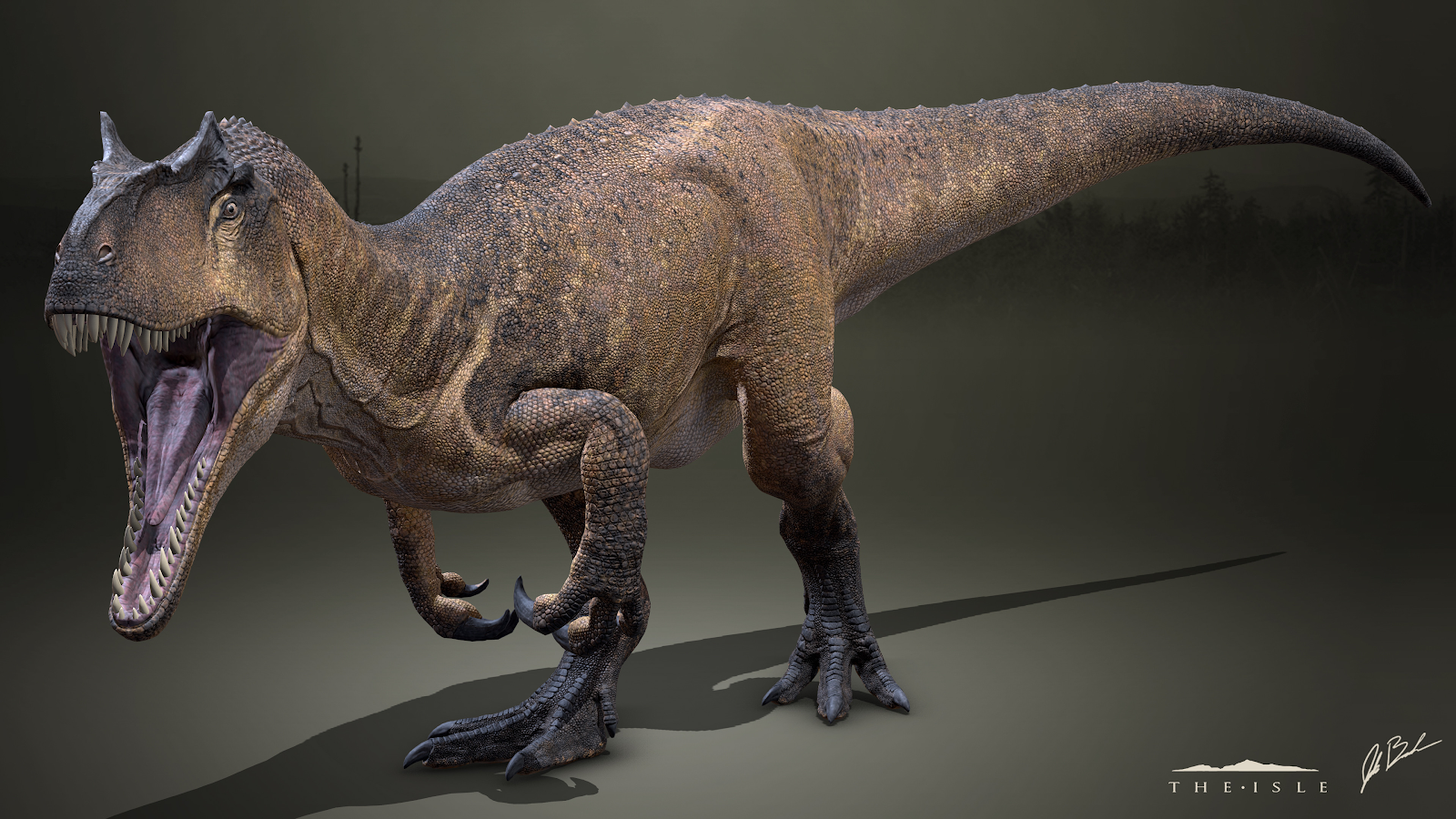Prehistoric Predators: The Ultimate Theropod Showdown
Welcome to the ultimate prehistoric face-off, where we pit some of the most awe-inspiring theropod dinosaurs against one another in a battle of strength, agility, and ferocity! Who would reign supreme in a hypothetical clash of ancient titans? Today’s contenders hail from various eras and regions, showcasing the diversity and adaptability of these apex predators. Get ready to delve into the details of their strengths, weaknesses, and strategies for survival.
The Challengers: Meet the Titans
Tarbosaurus
Tarbosaurus, often dubbed the "Asian T. rex," lived during the Late Cretaceous period and prowled the landscapes of Mongolia. This theropod measured up to 40 feet in length, with a robust skull armed with rows of sharp teeth capable of crushing bones. While its arms were famously tiny (similar to T. rex), Tarbosaurus excelled in ambush hunting, relying on its powerful bite and sheer strength. As a close relative of T. rex, it was likely among the top predators of its ecosystem.
Majungasaurus
Majungasaurus, Mausdagascar’s infamous cannibalistic theropod, was a mid-sized predator from the Late Cretaceous. While it may not match the size of its competitors (approximately 23 feet long), it made up for this with its thick skull and jaw strength. Majungasaurus was unique among theropods for its adaptations suited to close-quarters combat, and its bite was likely designed to hold onto prey persistently. Its combative nature, as evidenced by fossilized injuries and reports of cannibalism, suggests a dinosaur not afraid of a fight—even against its own kind.
Allosaurus
Nicknamed the "Lion of the Jurassic," Allosaurus dominated the Late Jurassic period with its agility and razor-sharp, serrated teeth. Ranging from 28 to 40 feet in length, Allosaurus was both nimble and fearsome, using strategic strikes and slashing attacks to overpower its prey. It was likely a cooperative hunter, working in packs to bring down massive herbivores like Stegosaurus and Diplodocus. In solo combat, Allosaurus could rely on its speed and precision to wear down opponents.
Carcharodontosaurus
Towering over its competitors, Carcharodontosaurus was one of the largest theropods to ever walk the Earth. This mid-Cretaceous predator reached lengths of up to 45 feet and had a skull packed with serrated teeth—perfect for slicing through flesh. While its size and strength gave it an undeniable advantage in brute force, Carcharodontosaurus was less agile than smaller theropods, and its slower speed might leave it vulnerable to faster foes. Still, its immense power made it a formidable apex predator.
Analyzing the Match-Ups
Tarbosaurus vs. Majungasaurus
In a clash of brute force versus persistence, Tarbosaurus has the edge in size and raw power. One bite from Tarbosaurus’s jaws could potentially incapacitate Majungasaurus, whose smaller stature would struggle to inflict critical damage against such a large predator. However, Majungasaurus’s thick skull and close-combat skills could allow it to endure the fight for longer than expected. Ultimately, Tarbosaurus’s strength and crushing bite would likely secure a victory.
Majungasaurus vs. Allosaurus
Majungasaurus’s persistence and adaptability make it a tough opponent, but Allosaurus’s speed and slashing attacks could wear down the smaller dinosaur. Allosaurus’s ability to outmaneuver its opponent and deliver precise blows would likely allow it to dominate the fight. Majungasaurus might put up a relentless resistance, but Allosaurus’s agility gives it the upper hand.
Allosaurus vs. Carcharodontosaurus
Here, agility faces off against size and power. Carcharodontosaurus’s immense strength and slicing teeth could potentially overpower Allosaurus in a direct confrontation. However, Allosaurus’s nimbleness and strategic attack style might allow it to evade Carcharodontosaurus’s strikes and deliver damaging slashes over time. If Allosaurus can keep moving and wear down the larger predator, it stands a chance—but in a head-to-head clash, Carcharodontosaurus’s brute force might prevail.
Tarbosaurus vs. Carcharodontosaurus
This match-up is truly a clash of titans. Both dinosaurs possess incredible strength and devastating bite forces. While Tarbosaurus’s crushing bite is unrivaled, Carcharodontosaurus’s sheer size and serrated teeth give it an edge in overall power. Tarbosaurus might rely on its ambush tactics to catch Carcharodontosaurus off guard, but in a prolonged battle, the larger predator would likely come out on top.
Final Thoughts: Who Would Win?
While every theropod brings unique strengths to the table, Carcharodontosaurus emerges as the likely winner in this hypothetical showdown. Its size and slicing teeth provide unmatched brute power, making it a force to be reckoned with. However, Allosaurus’s agility and Tarbosaurus’s devastating bite could make either a worthy challenger under the right circumstances.
Majungasaurus may be the underdog, but its resilience and adaptability would make it an interesting contender in specific match-ups. Each dinosaur represents a fascinating example of nature’s evolutionary prowess, highlighting different survival strategies in prehistoric ecosystems.
Your Turn! Share Your Opinion
What do you think? Could Tarbosaurus’s ambush tactics outwit Carcharodontosaurus? Would Allosaurus’s agility triumph over brute strength? Or does Majungasaurus have an unexpected edge? Share your thoughts and theories in the comments—and don’t forget to check out the new poll on the sidebar to cast your vote for the ultimate theropod champion!








Comments
Post a Comment